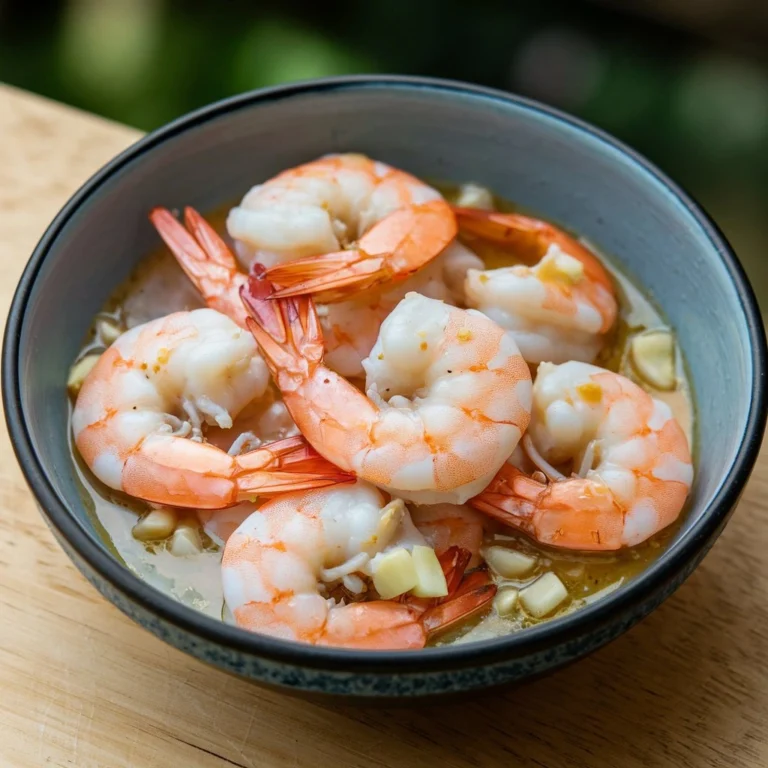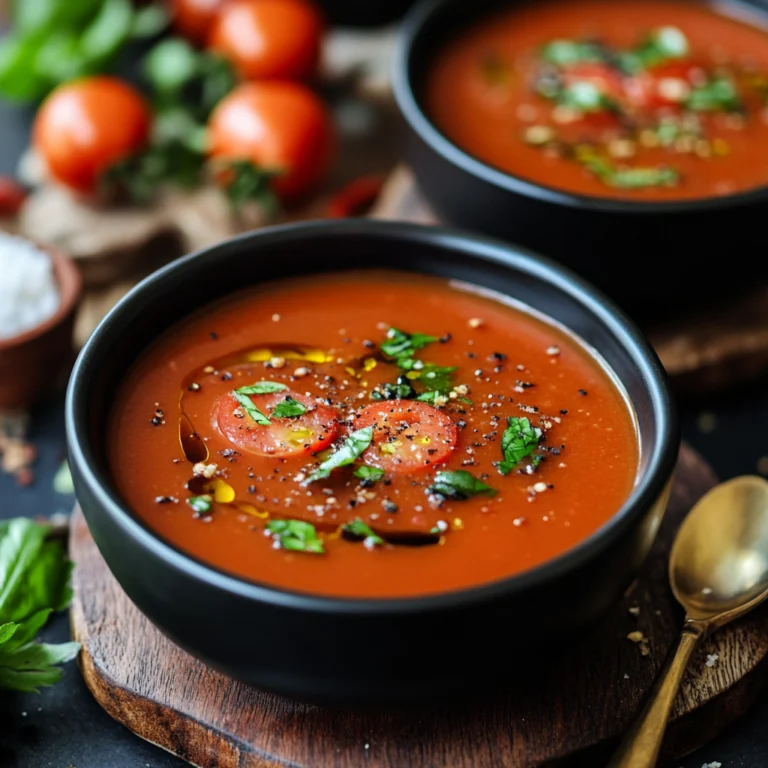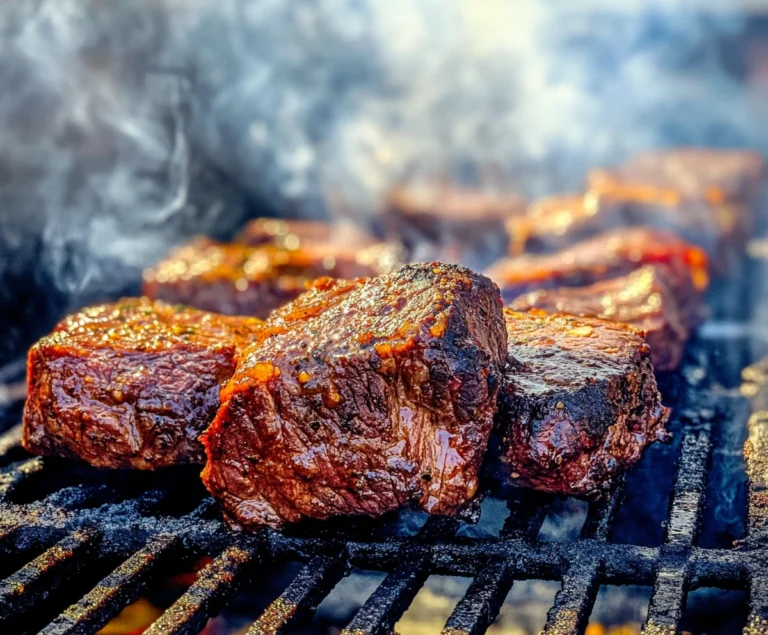What Is in a Crunchy Roll?
Crunchy Roll sushi is a mouthwatering fusion dish that blends the delicate flavors of traditional Japanese sushi with Western influences, topped off by the signature crunch that gives this roll its name. With its crispy topping, satisfying texture, and wide appeal, the Crunchy Roll has become a staple in sushi restaurants around the world.
This article takes you on a culinary journey through the world of Crunchy Rolls: its history, variations, ingredients, and how to make it at home. We’ll also delve into its health benefits, offer frequently asked questions, and explore complementary dishes for a perfect sushi experience.
The Rise of Fusion Sushi: A Brief History of Crunchy Rolls
The Crunchy Roll is a relatively recent addition to the world of sushi, a dish that has evolved as part of the broader fusion food movement. Traditional sushi originated in Japan and is generally characterized by raw fish, rice, seaweed, and other fresh ingredients like cucumber or avocado. However, as sushi made its way to the West, chefs began to experiment with local flavors and textures, leading to the creation of fusion sushi.
One of the pioneers of this movement was the California Roll, which replaced raw fish with imitation crab and incorporated avocado and cucumber. This was the first step toward making sushi more accessible to a Western audience, who were often hesitant to eat raw fish.
The Crunchy Roll takes this concept a step further by adding an element of texture that is rare in traditional Japanese sushi: crunchy panko breadcrumbs or tempura flakes sprinkled over the top of the roll. This provides not only a visual appeal but also a satisfying contrast to the softness of the rice and the seafood.
Over time, the Crunchy Roll has grown in popularity, especially in sushi bars across North America. It has evolved into a variety of versions, each with its unique twist. This fusion of flavors and textures bridges the gap between Japanese culinary traditions and modern tastes, making the Crunchy Roll a quintessential example of how food adapts to cultural tastes.
Why Fusion Sushi is So Popular
One of the reasons fusion sushi like the Crunchy Roll is so popular is that it caters to a wide variety of palates. The addition of familiar ingredients like shrimp tempura or fried panko makes sushi more approachable for people who might not enjoy traditional raw fish dishes. It also introduces new textures and flavors that elevate the overall experience. Western sushi culture has embraced these kinds of rolls, leading to the rapid proliferation of sushi restaurants offering not only Crunchy Rolls but also other creative varieties.
If you’re interested in learning more about sushi variations, check out the Crunchy Roll Sushi Guide for further reading on this culinary evolution.
Core Ingredients of a Crunchy Roll
Now that we’ve discussed the background, let’s look at the ingredients that make a Crunchy Roll so unique.
1. Nori (Seaweed)
Nori, or dried seaweed, is a staple ingredient in many sushi rolls. In a Crunchy Roll, it forms the outer layer that holds everything together. This thin, dark green sheet of seaweed has a briny and slightly salty flavor, adding an oceanic essence to the dish.
Nori is more than just a wrap; it plays a crucial role in enhancing the texture of the roll. Its crisp texture contrasts nicely with the soft sushi rice and the creamy fillings like avocado. Additionally, nori is packed with nutrients, including vitamins A, B, and C, as well as minerals like iodine, which are beneficial for thyroid health.
2. Sushi Rice
Rice is the heart of any sushi roll, and the rice used in a Crunchy Roll is no exception. Japanese sushi rice is a specific type of short-grain rice, known for its sticky and slightly sweet flavor. This rice is cooked and seasoned with a mixture of rice vinegar, sugar, and salt, giving it that characteristic sushi tang.
The rice plays an essential role in balancing the flavors of the other ingredients. Its neutral yet subtly sweet flavor allows the bold flavors of the seafood, vegetables, and sauces to shine through. Sushi rice is also key in maintaining the structure of the roll. Its sticky consistency helps bind the other ingredients together while providing a soft, chewy bite.
3. Protein (Seafood)
The protein in a Crunchy Roll typically comes from shrimp tempura or imitation crab, though some variations include fresh tuna, salmon, or even tofu for a vegetarian option. Each of these proteins brings its own unique flavor and texture to the roll.
- Shrimp Tempura: This is one of the most common fillings in Crunchy Rolls. Shrimp tempura is made by dipping shrimp in a light tempura batter and frying it until golden and crispy. The shrimp’s delicate sweetness, combined with the crunch from the tempura, complements the other ingredients perfectly.
- Imitation Crab (Surimi): Another popular filling is imitation crab, made from a blend of fish meat (usually pollock) and other ingredients. It has a mild flavor and a soft, flaky texture. While it may not be as luxurious as real crab, it’s an affordable and delicious alternative commonly used in sushi rolls like the Crunchy Roll and the California Roll.
- Other Seafood Options: Variations of the Crunchy Roll may include fresh tuna or salmon, both of which add a richer, more flavorful bite. These variations are especially popular in sushi restaurants where chefs offer signature Crunchy Rolls.
4. Vegetables: Avocado and Cucumber
Both avocado and cucumber are standard ingredients in Crunchy Rolls. These vegetables provide a refreshing contrast to the other ingredients and enhance the overall texture.
- Avocado: The smooth, creamy texture of avocado adds richness to the roll, balancing the crispiness of the tempura flakes. Avocado’s mild flavor allows the other components to stand out while offering a hint of earthiness.
- Cucumber: Crisp and refreshing, cucumber gives the roll a satisfying crunch and a light, clean taste. Its high water content also helps balance the richness of the sauces and the seafood.
5. Crunchy Topping: Tempura Flakes or Panko Breadcrumbs
The defining feature of a Crunchy Roll is the crunchy topping that gives the roll its name. This crispy layer can be made from either tempura flakes (small pieces of fried tempura batter) or panko breadcrumbs that are toasted until golden brown.
- Tempura Flakes: These small bits of fried tempura batter are sprinkled generously on top of the roll, adding texture and a burst of crunch in every bite.
- Panko Breadcrumbs: Another option for achieving the crunchy topping is panko, a Japanese-style breadcrumb that is lighter and airier than regular breadcrumbs. These breadcrumbs are toasted or fried and then scattered over the top of the roll.
Toppings and Sauces That Enhance the Flavor of a Crunchy Roll
In addition to the core ingredients, the toppings and sauces are what elevate a Crunchy Roll from good to unforgettable. These final touches bring together the flavors and textures, adding richness and complexity to the dish.
1. Spicy Mayo
Spicy mayo is a creamy, flavorful sauce made from mayonnaise and sriracha, a hot sauce that adds heat and a touch of sweetness. This sauce is typically drizzled over the top of the roll, adding an extra layer of richness and spice.
The creaminess of the mayo complements the crispy tempura flakes or panko breadcrumbs, while the spice enhances the flavor of the seafood and vegetables. Spicy mayo has become one of the most popular sushi toppings in Western sushi restaurants.
2. Eel Sauce (Unagi)
Another common topping for a Crunchy Roll is eel sauce, or unagi sauce. This sauce is made from a mixture of soy sauce, sugar, mirin (a sweet rice wine), and sometimes a touch of sake. It’s cooked down into a thick, sweet, and savory sauce that pairs perfectly with the crunchy texture of the roll.
Eel sauce adds depth to the roll with its umami flavor, balancing the sweetness from the mayo and the richness of the seafood. It also creates a visually appealing sheen on top of the roll.
3. Sesame Seeds
Many Crunchy Rolls are sprinkled with toasted sesame seeds before serving. These seeds add a nutty flavor and a bit of extra crunch, enhancing the texture of the roll. The seeds also add a touch of earthiness that balances out the sweetness of the sauces.
How to Make a Crunchy Roll at Home
While ordering a Crunchy Roll from a sushi restaurant is convenient, making your own at home can be a fun and rewarding experience. With a few basic tools and ingredients, you can recreate this popular sushi roll in your kitchen.
Ingredients You’ll Need
- Sushi rice: You’ll need about 1 cup of cooked short-grain sushi rice for one roll.
- Nori (seaweed): One sheet of nori per roll.
- Shrimp tempura: Fry shrimp in tempura batter, or use imitation crab if preferred.
- Avocado: Half an avocado per roll.
- Cucumber: Thinly sliced cucumber.
- Tempura flakes or panko breadcrumbs: For the crunchy topping.
- Spicy mayo and eel sauce: Optional, but highly recommended.
Step-by-Step Instructions
1. Prepare the Sushi Rice
- Cook the sushi rice according to package instructions. After cooking, let it cool slightly and season it with a mixture of rice vinegar, sugar, and salt. This gives the rice its classic tangy and slightly sweet flavor.
2. Fry the Shrimp Tempura
- If you’re using shrimp tempura, prepare the shrimp by dipping them in tempura batter and frying them until golden brown. Let the shrimp cool slightly before using them in the roll.
3. Prepare the Fillings
- Slice the avocado and cucumber into thin strips. These will go inside the roll with the shrimp tempura or imitation crab.
4. Assemble the Roll
- Place a sheet of nori on a bamboo sushi mat. Spread an even layer of sushi rice over the nori, leaving a small border at the top.
- Lay the shrimp tempura, avocado, and cucumber across the center of the rice. Carefully roll the sushi, using the bamboo mat to press it tightly as you roll.
5. Add the Crunch
- Once the roll is complete, sprinkle the top with tempura flakes or panko breadcrumbs. Press the crumbs gently into the roll to ensure they stick.
6. Drizzle with Sauce
- Drizzle the roll with spicy mayo or eel sauce, adding extra flavor and moisture.
7. Slice and Serve
- Using a sharp knife, slice the roll into even pieces. Serve immediately, garnished with sesame seeds if desired.
Crunchy Roll Variations
While the classic Crunchy Roll includes shrimp tempura or imitation crab, there are several variations of the roll that add different ingredients and flavors. Some of the most popular variations include:
1. Shrimp Tempura Roll
This is one of the most common types of Crunchy Rolls, featuring crispy shrimp tempura as the main filling. The tempura batter gives the shrimp a light, crispy coating that pairs perfectly with the creamy avocado and tangy rice.
2. Spicy Tuna Crunch Roll
In this variation, spicy tuna is used as the main filling instead of shrimp tempura. The tuna is mixed with sriracha or chili sauce, giving the roll a spicy kick. This roll is often topped with spicy mayo for an extra layer of heat.
3. California Crunch Roll
This version is similar to the classic California Roll, but with the addition of a crunchy topping. It typically includes imitation crab, avocado, and cucumber, with a generous sprinkle of panko or tempura flakes on top. The result is a light, refreshing roll with a satisfying crunch.
4. Vegetarian Crunchy Roll
For those who prefer a meatless option, the vegetarian crunchy roll is a great alternative. Instead of shrimp or tuna, this roll uses tempura-fried vegetables such as sweet potato, zucchini, or asparagus. The tempura adds the signature crunch, while the fresh veggies provide a light, crisp bite.
Nutritional Benefits of Crunchy Rolls
Although Crunchy Rolls are often considered a treat due to their fried components and rich sauces, they can also provide several nutritional benefits, especially when made with fresh ingredients.
- Protein: The shrimp or imitation crab in a Crunchy Roll is a good source of lean protein. Protein is essential for muscle repair and maintenance, making it an important part of a balanced diet.
- Healthy Fats: Avocado, a key ingredient in many Crunchy Rolls, is rich in heart-healthy monounsaturated fats. These fats help reduce bad cholesterol levels and provide the body with essential nutrients.
- Vitamins and Minerals: Ingredients like cucumber, nori, and avocado provide a variety of vitamins and minerals, including vitamin C, vitamin E, potassium, and fiber. Nori is also a good source of iodine, which supports thyroid function.
- Carbohydrates: Sushi rice is a source of carbohydrates, which provide energy for the body. However, the rice is typically seasoned with sugar, so it’s important to enjoy Crunchy Rolls in moderation if you’re watching your carb intake.
Despite these benefits, Crunchy Rolls can also be high in calories, especially when fried ingredients and rich sauces like spicy mayo are used. If you’re looking for a lighter option, consider making a vegetarian version with more fresh vegetables and less sauce.
FAQs About Crunchy Rolls
1. What is the crunchy topping on a Crunchy Roll?
The crunchy topping is typically made from tempura flakes or panko breadcrumbs. Both options provide a satisfying crispy texture, but tempura flakes are lighter and airier, while panko offers a heartier crunch.
2. Is Crunchy Roll sushi healthy?
Yes and no. A Crunchy Roll can be a good source of protein, healthy fats, and vitamins from ingredients like shrimp, avocado, and cucumber. However, the tempura and sauces add extra calories, fat, and sugar, so it’s best to enjoy Crunchy Rolls in moderation.
3. Can you make a Crunchy Roll without seafood?
Absolutely! A vegetarian Crunchy Roll is a delicious alternative that uses tempura-fried vegetables like sweet potato, zucchini, or asparagus instead of shrimp or crab. You can also add tofu for extra protein.
4. What sauces are used in Crunchy Rolls?
The most common sauces are spicy mayo and eel sauce. Spicy mayo adds creaminess and heat, while eel sauce offers a sweet and savory flavor that complements the crunch of the roll.
5. Can I make a Crunchy Roll gluten-free?
Yes! To make a Crunchy Roll gluten-free, be sure to use gluten-free tempura batter or skip the tempura altogether. Also, check that your soy sauce is gluten-free, as many regular soy sauces contain wheat.
6. What other sushi rolls pair well with Crunchy Rolls?
Crunchy Rolls pair well with lighter sushi rolls, such as California Rolls or vegetable sushi rolls. The balance of light and crunchy textures creates a well-rounded sushi experience.
Conclusion: Why Crunchy Rolls are a Must-Try Sushi Dish
Crunchy Rolls have earned their place as one of the most beloved sushi dishes, and it’s easy to see why. The combination of crispy toppings, flavorful seafood, fresh vegetables, and creamy sauces creates a textural and flavorful experience that is truly satisfying.
Whether you’re enjoying a Shrimp Tempura Roll, a Spicy Tuna Crunch Roll, or even a vegetarian version, each bite offers a delicious contrast of textures and flavors that make this roll stand out from the rest. Plus, Crunchy Rolls are highly versatile, allowing you to experiment with different fillings and sauces to suit your taste preferences.
By making your own Crunchy Roll at home, you can control the ingredients and customize the roll to your liking. Whether you prefer a light drizzle of spicy mayo or a more traditional approach with just soy sauce, the possibilities are endless.
If you’re curious to explore more sushi recipes and techniques, visit Aurelia Recipes’ Sushi Guide for additional inspiration.
Now that you know all about the components, history, and variations of the Crunchy Roll, it’s time to indulge in this crispy, delicious delight. Grab your sushi mat, roll up your sleeves, and start creating your own masterpiece at home!







